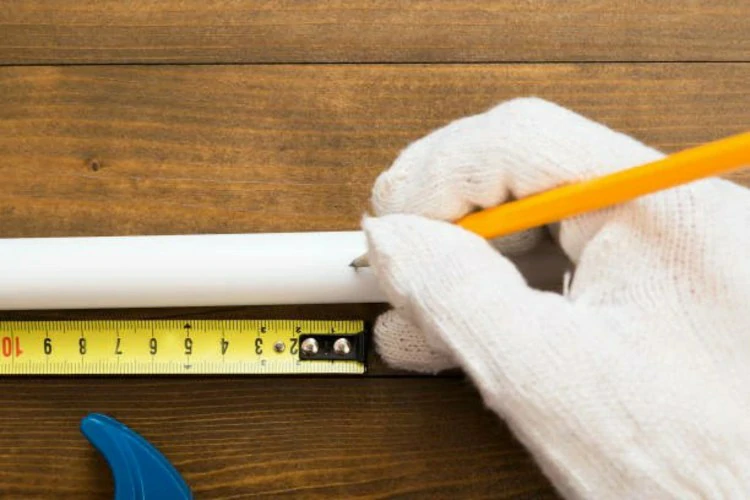Introduction:
PPH plumbing has emerged as a preferred choice for fluid management systems, but how does it stack up against other pipe materials like PVC and PE? This article conducts a comparative analysis to highlight the unique characteristics and advantages of PPH pipes and fittings in contrast to alternative options, providing insights into the best-suited applications for each material.
Comparative Analysis of PPH Plumbing with Other Pipe Materials: Unveiling the Differences
Durability and Chemical Resistance
PPH plumbing stands out for its exceptional durability and chemical resistance, making it an ideal choice for conveying corrosive fluids in industrial and chemical applications. Unlike PVC, which may degrade when exposed to certain chemicals, and PE, which may lack the necessary resistance to high temperatures, PPH pipes maintain structural integrity and performance even in harsh environments.
Temperature Stability and Thermal Conductivity
In applications where temperature stability is crucial, PPH plumbing demonstrates superiority over PVC and PE. While PVC pipes may soften and deform at elevated temperatures, and PE pipes may become brittle in extreme cold, PPH pipes maintain dimensional stability and mechanical strength across a wide temperature range. Additionally, PPH’s low thermal conductivity minimizes heat transfer, making it suitable for hot fluid conveyance without compromising system efficiency.
Installation Flexibility and Ease
PPH plumbing offers installation flexibility and ease comparable to PVC and PE, with a range of jointing methods available to suit different project requirements. Whether utilizing heat fusion welding for seamless connections, socket fusion for tight spaces, or electrofusion coupling for dissimilar pipe sizes, PPH installations can be customized to meet specific needs, ensuring optimal performance and efficiency.
Environmental Impact and Sustainability
From an environmental perspective, PPH plumbing presents several advantages over PVC and PE. As a thermoplastic material, PPH is fully recyclable and can be repurposed at the end of its service life, contributing to a circular economy and reducing landfill waste. Additionally, PPH’s inert nature ensures minimal environmental impact during use, making it a sustainable choice for fluid conveyance applications.
Conclusion:
In conclusion, the choice between PPH plumbing, PVC, PE, and other pipe materials depends on the specific requirements and constraints of each application. While PVC and PE offer certain advantages in terms of cost and ease of installation, PPH stands out for its superior durability, chemical resistance, temperature stability, and environmental sustainability. By conducting a thorough comparative analysis and considering factors such as fluid compatibility, temperature range, and environmental impact, stakeholders can make informed decisions to ensure optimal performance and longevity of their fluid management systems. Whether it’s corrosive chemicals in industrial settings or potable water distribution in residential communities, PPH plumbing emerges as a reliable and versatile solution for diverse fluid conveyance needs.
Contact
IFAN is a professional manufacturer with 30 years of experience, dedicated to producing high-quality plastic pipes, fittings, and valves. Our products include brass valves, PPR valves, as well as various pipes and fittings to meet different customer needs. Whether you need plumbing and drainage pipes or valve products, IFAN can provide a diverse range of high-quality, cost-effective products to support your projects. Below is our contact information.
We will reply your email or fax within 24 hours.
You can call us at any time if there is any question on our production.
For more information,pls visit our webside https://www.ifanplus.com/
Pls Mailto: [email protected]






